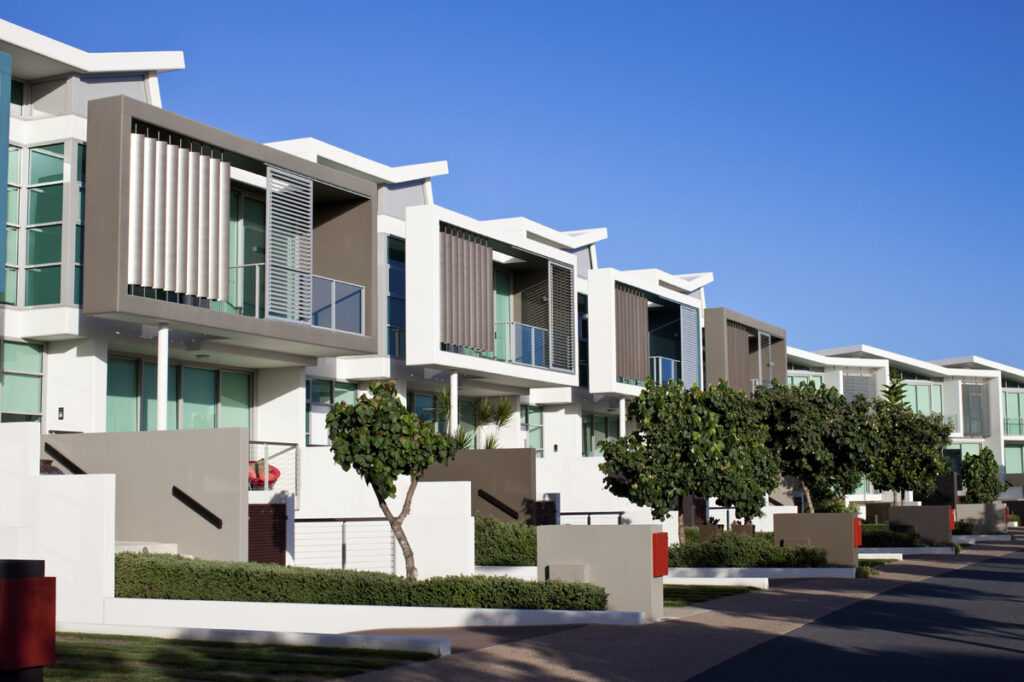Mersch could see its population double within 15 years

Located at the confluence of the Alzette, Eisch and Mamer rivers, Mersch has many advantages. This attractiveness means that today the town is fully occupied in terms of housing as well as areas intended for the reception of companies. But various urban development projects are being launched to redesign the town in the years to come. Within the next fifteen years, the population could double.
"The commune of Mersch is only fifteen kilometres from the capital and yet we are in the countryside. It is also very well served by public transport (10 minutes to reach the capital compared to 45 minutes by car at peak times) both on the north-south and east-west axis. It has a particularly attractive cultural and sporting offer (in particular a vast aquatic centre with wellness facilities)," stresses Albert Henkel, the mayor of Mersch for the past ten years. The municipality is also well-equipped with schools, which are likely to be of interest to families. For the little ones, it has two communal halfway houses (extensions are planned), crèches and private structures specialising in early childhood. Mersch also has 800 pupils in its primary schools. "For older pupils, for the last three years, we have been hosting the Lycée classique de Diekirch (annex of Mersch) and the Lycée Ermesinde (full-time autonomous public high school), which has about 1,000 pupils and has the particularity of offering a pedagogy that favours the autonomy of young people. Nearby, there is the Technical High School for educational and social professions, which caters for around 400 young people," explains the mayor. Still on the subject of facilities, but this time in the area of health, the town has two homes for the elderly and a municipal medical centre, in addition to a number of private medical practices. In terms of shopping, the town has three shopping centres within a very short distance.
Housing: more demand than supply
This attractive environment makes the municipality attractive in terms of quality of life. This is reflected in the evolution of the number of inhabitants. Mersch had 5,714 inhabitants in 1990. 7,014 in 2000. 7,800 in 2010. "On the first of January, there were 8,666 inhabitants," says Albert Henkel. Compared to other municipalities, the population increase over the last ten years is not that great. This is simply due to the housing supply, which has not developed at the same rate. Between 2008 and 2014, 531 new dwellings (not counting renovations) were created. "For some years now, demand has been much higher than supply, which has resulted in a rise in the prices of flats and houses, both for rent and for sale. The price of land has also risen sharply. Today, the price per square metre has reached levels that are not accessible to everyone," concedes the mayor. (Consult the average sale prices in the dedicated section of this magazine).
A new district
To continue to develop, the municipality is working on a major urban programme that will reorganise the town. Various projects have been initiated. "But for each of them, we are still at the beginning of the process, at the start of a long procedure," explains the mayor. The first, in collaboration with the Société nationale des habitations à bon marché, consists of building social housing on a Baulucken plot of land that the municipality makes available for a symbolic rent. On the Route d'Arlon, on the Creos site which is seeking to move, a project to create 250 housing units is also being studied. But the most important project is undoubtedly the development of a real new district near the station, between the railway line and the Alzette. "The Agro-center site, near the Ermesinde High School, was the subject of a paid consultation (it's a kind of competition but the winner doesn't necessarily develop his or her project) which allowed us to define a master plan. To summarise, the ambition is to create a 17-hectare district that will house 75% of housing and 25% of public facilities and shops. The project currently covers 130,000 m2 and 715 homes. It is an ambitious programme, but there are still many stages to go through and negotiations to be conducted. All this will take several years, perhaps fifteen, before everything is built," explains Albert Henkel, who estimates (hopes) that by 2030 the population of Mersch will have doubled.
What are the property prices at the moment?
For more companies
But until then, the municipality intends to tackle two other major issues in order to avoid becoming a dormitory town. Firstly, it must look at the commercial offer in the town centre, which has lost its attractiveness to the detriment of the large stores. Secondly, it needs to make up for its lack of space likely to attract businesses, particularly craft businesses. "It is not easy, but it is still possible to find offices to rent in the town. On the other hand, for an SME that needs workshops or larger buildings to store stocks or equipment, it is impossible. I have a lot of requests in this area, but everything is full. The ambition is therefore to develop our business park 'Um Mierscherbierg'. We wanted to give it a regional character, but the process was not successful. We are therefore going to submit a new application in this sense," explains the mayor. In the register of infrastructures likely to allow the commune to gain in attractiveness, there is one last project likely to participate in it but on which it hardly has any influence: the creation of a station at Pont Rouge. This facility will make it even easier for the inhabitants of Mersch to reach Kirchberg and will enable the municipality, which is the fifth largest city in the country in terms of surface area, to consolidate its central position between the capital and the Nordstad.
Written by
atHome
Posted on
10 December 2014
